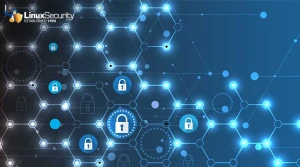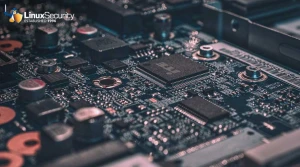Managing the Network Security Challange
At Temple University, for example, approximately 16,000 systems--from mainframes and mid-ranges to PCs and laptop devices--connect to a hybrid wired and wireless network. Individual schools and colleges within the university own many of the systems. Students own the remaining connected PCs, laptops, and tablets. Temple University has a diverse user community, ranging from students with no computer experience to professors who teach Computer Science. Consequently, protecting a customer base with such a wide span of expertise poses its own set of challenges from both a technological and an educational perspective.





















